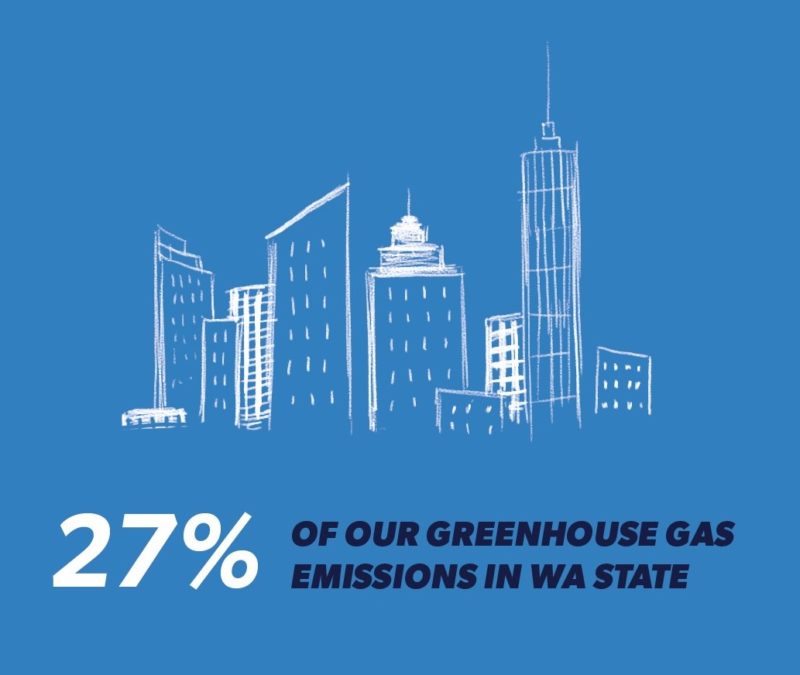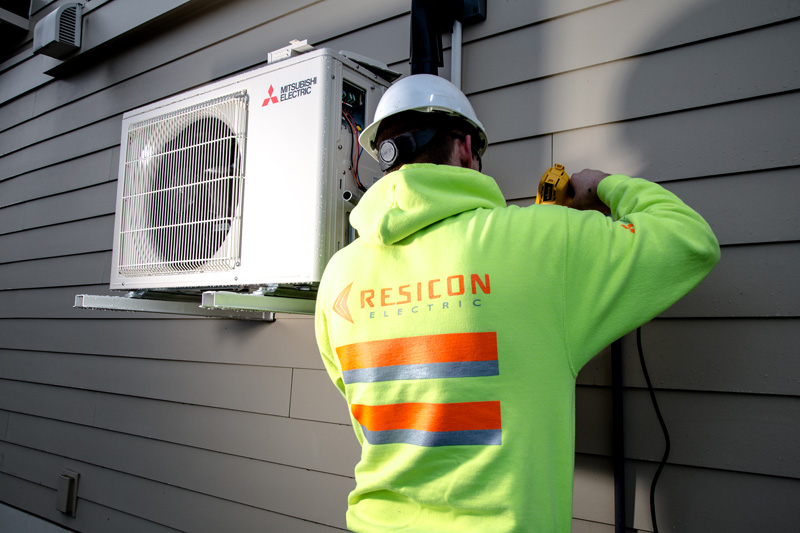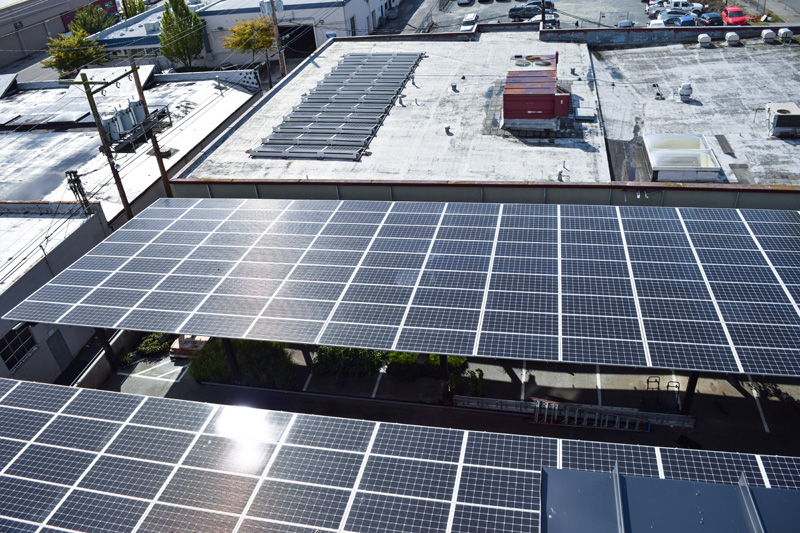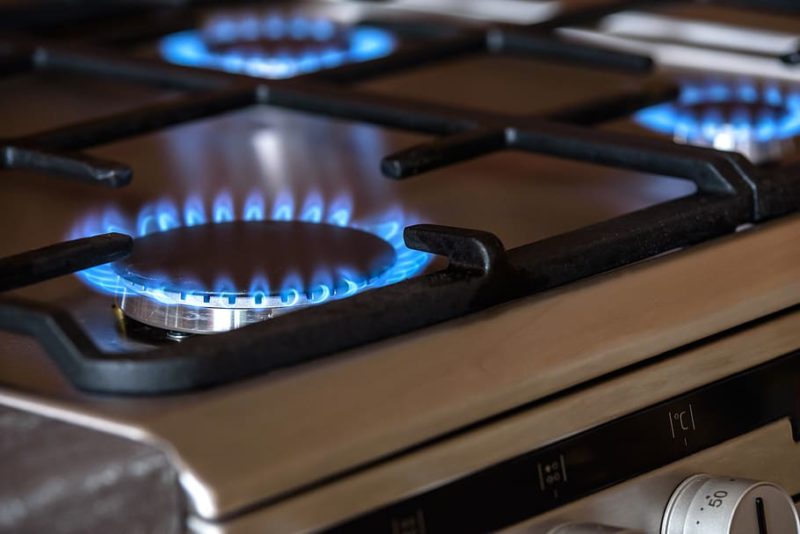Emissions from the built environment are the fastest growing source of climate pollution in our state, and have many localized air pollution impacts to people inside their homes, places of work, and public buildings. This sector directly affects how people live, what they pay each month in utility costs, and their health. WEC has worked for many years on policies related to the built environment, including around a Buy Clean/Buy Fair policy for procurement of carbon friendly materials, and the biennial advocacy around the state’s budget for weatherization and retrofits. Our work also includes removing gas from buildings, transitioning to clean and efficient buildings, expanding and deepening existing infrastructure investments such as weatherization and retrofits in a way that protects against gentrification and displacement, and advocating for clean buildings within the context of our larger land use and built environment work.
For more information on where our state needs to go, the 2021 State Energy Strategy built environment chapter is a great resource:

Retrofits & Weatherization
Our homes, offices, public buildings, community centers, and hospitals all contribute to damaging climate pollution through the use of fracked gas, inefficient heating and cooling systems, climate polluting materials, and leaky windows, walls and roofs. We are working to find ways to invest in retrofitting these existing buildings to bring them up to the 21st century and ensure that all Washingtonians have access to clean, efficient living spaces.
By retrofitting buildings, we have the opportunity to generate clean energy jobs, lower utility costs, and reduce emissions. This includes removing fracked gas from buildings and deeply updating our existing buildings. We can prioritize these types of efforts by expanding our weatherization programs, ensuring that our public dollars are maximized when maintaining and retrofitting our buildings, and sequencing investments so they go first to frontline communities who are most impacted by pollution.

New Buildings
Every time a new building is constructed – be it a public or privately owned facility – we have the chance to make sure it is built with low-carbon materials, incorporates the most efficient and climate friendly technology, creates good family-wage jobs, and supports in-state manufacturers. And critically, done in a way that does not displace lower income communities and communities of color. We can make this vision a reality through passing laws such as Buy Clean, Buy Fair, continuing to improve our building codes, and working in solidarity with communities of color to address the inequities in the built spaces where we work and live.

Transition Off Fracked Gas
Buildings are the fastest-growing source of climate pollution in Washington, and recent studies have also exposed just how dangerous gas appliances are for our health.

